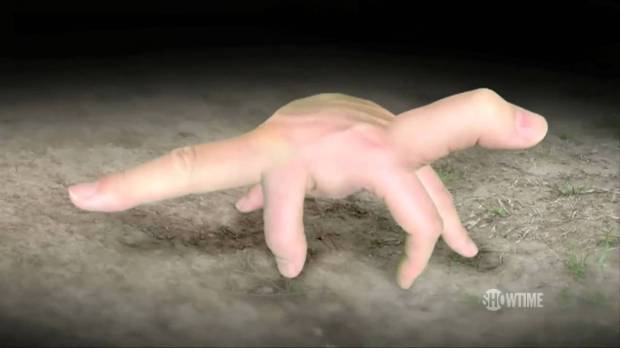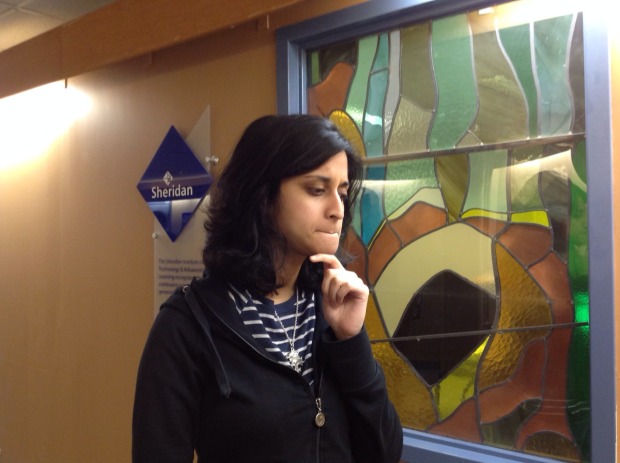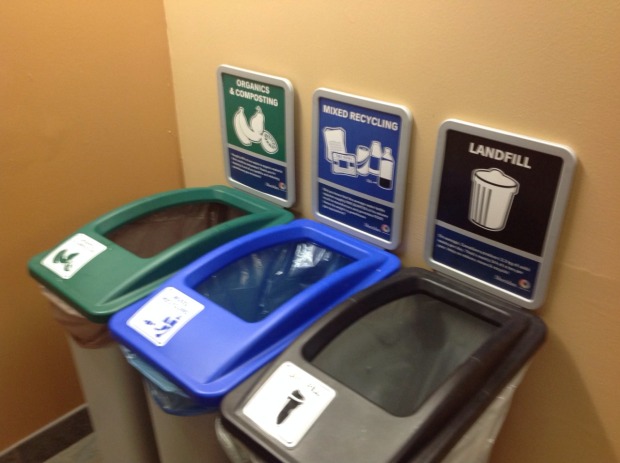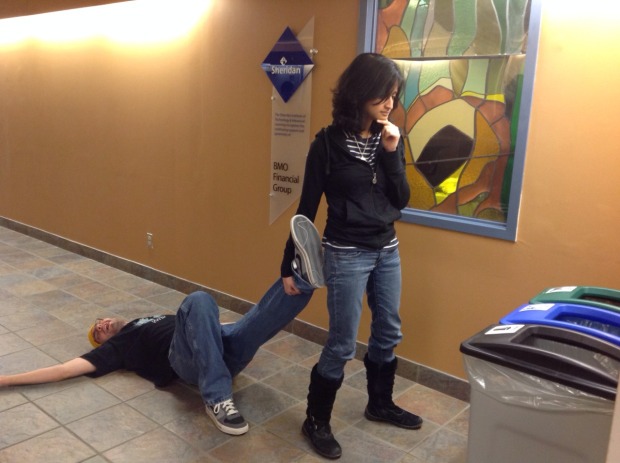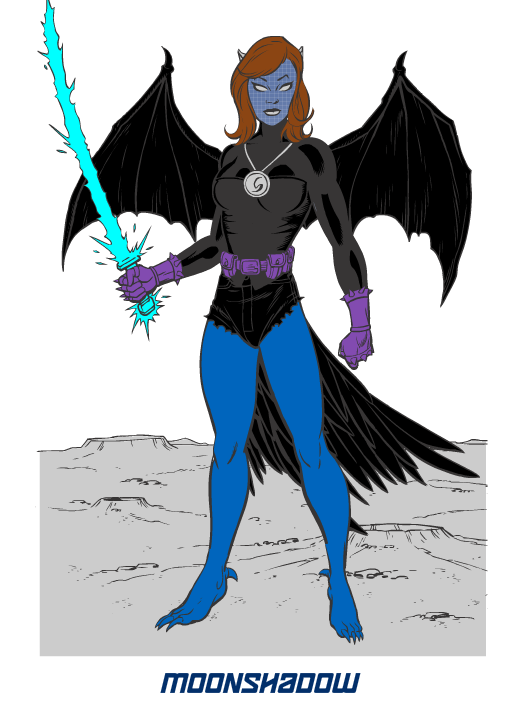Within this class, I learned very well by having to produce smaller content more often throughout the week. It kept me up to date on coursework because I would have reminders to go and do a daily create or go and look up a digital story to look at. I learned very well on my own as well, excelling in the finding and engaging with media that wasn’t necessarily given within the course. For the most part, I’ve always had classes that hand feed you everything and, while I do learn there, an independent kind of guided learning really works well for me. I definitely want to keep trying to integrate that sort of learning into my other classes, as well as taking many little pieces at a time. Being a part of the larger community helped a lot actually, it left a lot of digital footprints that I could follow if I was confused or needed inspiration. I could Google something about storytelling and add ds106 and there would be a lot of results. Being a part of something larger like that is very nice.
This is one of my first graduate classes, so I cannot really speak well to how it differed from my other graduate courses. I really enjoyed how we took a core subject and evolved our class around it, we had our focus, which differed from person to person, but we all were learning similar things about storytelling. And whatever we weren’t learning together, we were sharing through our blogs and dialogues within our own little community. I loved doing the gallery walk, because it allowed me to show off some of my favorite pieces that I had read and enjoyed. I think that this class is one of the most engaging that I have had in a long time and that is a core piece of it.
As an educator, I love being able to practically take things that I have learned within my classes and immediately try them out. After we read about remixes and the like, I went and incorporated that into a mini lesson. I love the idea of daily create, it’s a lot like creative bellwork and it was fun, I would love to expand on ideas such as that within my own classes. I’ve always appreciated the power of storytelling and I still believe it is a strong medium within a classroom. My idea of instructor is a bit different now within this class, instructor was more meant to be a guiding light to our own learning and independent studies within our classroom community, less so just feeding us information. I thoroughly enjoyed this class and look forward to the future.
